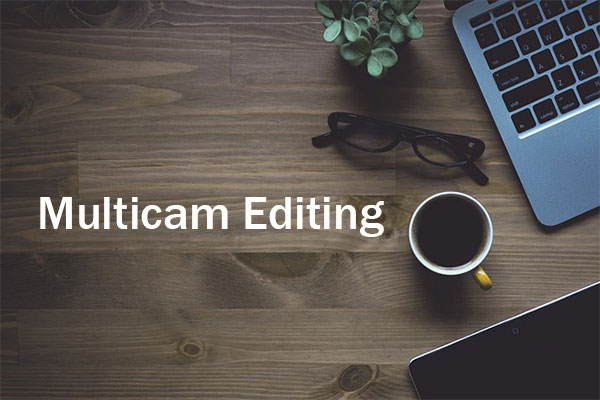What Is ADR in Film
Have you ever wondered how the actors’ voices sound so clear, even in noisy or outdoor scenes when watching a movie? Or have you ever noticed that sometimes their lips don’t match the words they are saying? If so, you have encountered ADR in film.
What does ADR mean in film? It stands for Automated Dialogue Replacement, also known as looping or dubbing. The process involves re-recording audio in a more controlled and quieter setting, usually in a studio, then attaching it to the video footage.
ADR is usually done by the original actors who performed the dialogue on set, but sometimes it can be done by other actors or voice artists. It can be used to replace dialogue that was recorded poorly, to change dialogue for creative reasons, or to add dialogue that wasn’t in the original script.
Why do Filmmakers Use ADR
However, why is ADR used in film? There are many reasons why filmmakers use ADR in their projects. Some of the most common ones are:
To improve audio quality: In order to enhance the audio quality of a film, ADR can be used to eliminate issues, such as background noise, technical problems, or poor microphone placement. This helps to improve the clarity and volume of the dialogue.
To change dialogue: Filmmakers may want to change the dialogue in a scene for a variety of reasons, such as rewriting lines to make them more effective, funny, or dramatic. Changes may also be made to avoid legal issues, censorship, or cultural differences. In this way, they don’t need to reshoot the scene.
To add dialogue: In some cases, additional dialogue may be needed for a film, such as voice-over narration, off-screen dialogue, or foreign language dubbing. ADR can be used to add these extra elements and enhance the overall quality of the film.
How Does ADR Work
After gaining a basic understanding of ADR, you may be curious about how it works in film. ADR is typically completed in a post-production studio that is equipped with professional equipment and software. The process usually involves the following steps:
- Script preparation: The script contains the original dialogue and any changes or additions that need to be made. The script also includes the timecode and duration of each cue.
- Equipment setup: The sound engineer sets up the necessary equipment for ADR, such as microphones, headphones, speakers, monitors, and recording software. The equipment is chosen to match or mimic the original sound quality and environment of the film.
- Dialogue recording: The actor watches the scene multiple times while listening to the original audio track to ensure accurate timing and lip movement. They then re-record their lines until they get a satisfactory result. The director and the sound engineer provide feedback and guidance throughout this process.
- Editing and mixing: The sound editor edits and mixes the new dialogue track with the original audio track, ensuring that they are aligned and balanced. They also apply any necessary sound effects or filters to make the dialogue sound natural and consistent with the film.
MiniTool MovieMakerClick to Download100%Clean & Safe
Conclusion
ADR in film is a vital and common technique that can improve the sound quality and the storytelling of a film. It involves re-recording dialogue in a studio and syncing it with the film. However, ADR can also be time-consuming, expensive, and difficult to do well. Therefore, filmmakers should always try to capture good sound on set and use ADR only when necessary.




User Comments :